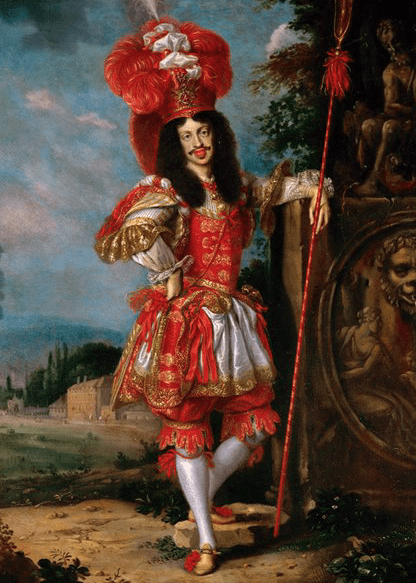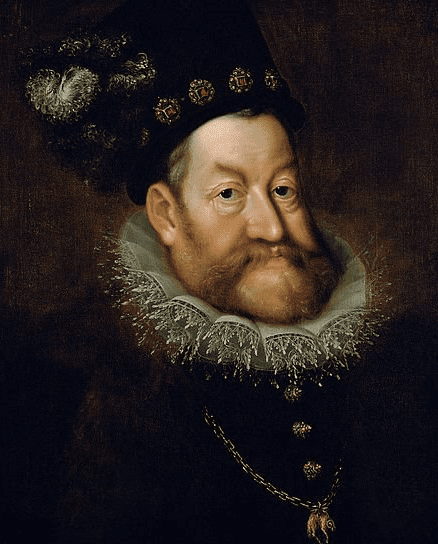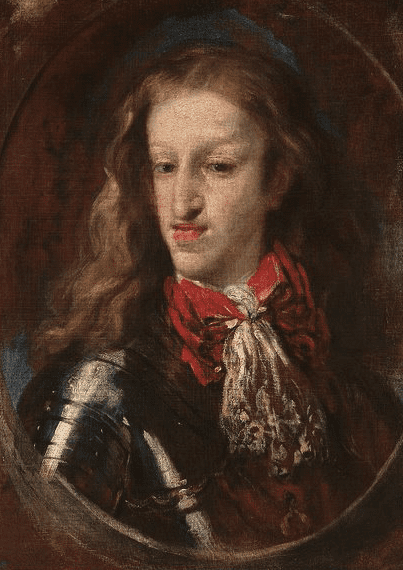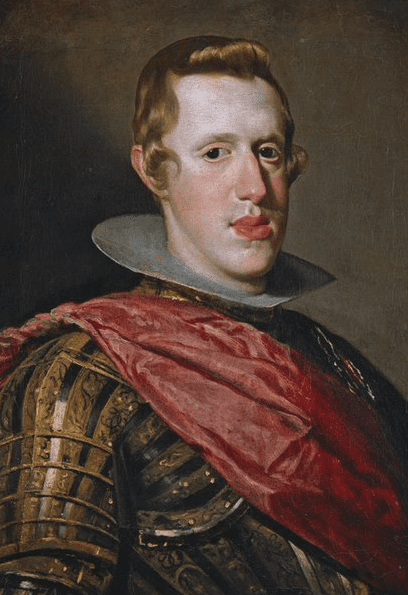Bojana Cokić
Zajecar, Serbia

Oscar Wilde (1854–1900, Irish poet) once said that “LIFE IMITATES ART. However, much more often, ART IS THE ONE THAT IMITATES LIFE.”1,2
In PROGENIA (mandibular prognathism) there is a poor relationship between the upper and lower teeth, upper and lower jaws, or between the jaw and the teeth. The most severe form of malocclusion or mandibular prognathism (class III malocclusion) affects the lower jaw. It greatly alters the subject’s appearance, causing functional disorders of nutrition and speech. The mandible or lower jaw is overdeveloped and protrudes relative to the maxilla or upper jaw. Several scientists have studied this condition and concluded it is due to a polygenic form of inheritance.3,4
Habsburg dynasty
The powerful Habsburg dynasty ruled Germany, Spain, Slovakia, Peru, Mexico, parts of Italy, and Croatia for many centuries. Its members often supported the arts, and some were painted by famous artists. They were not averse to incestuous relations between its members, often for political reasons or to inherit property. Thus, for example, the Emperor Leopold I married his niece, Margaret Teresa of Spain. Such incest may have unfortunate consequences, such as the facial deformity known as the “Habsburg jaw.”5,6,7

Figure 2. Leopold I, painted by Jan Tomas (1617–1673), an artist at the Habsburg Palace in Vienna

Figure 3. Rudolf II ruled in Prague and was more interested in sorcery and alchemy than in ruling his empire. He was painted by the German artist Hans von Aachen (1552–1615)


References
- S.C. Panda. Medicine: Science or Art? Mens Sana Monogr. 2006 Jan-Dec; 4 (1): 127-138. PMCID: PMC3190445, PMID: 22013337.
- Patricia Lynn Dobkin. Art of medicine, art as medicine, and art for medical education. Can Med Educ J. 2020 Dec; 11(6): e172–e175. DOI: https://doi.org/10.36834/cmej.70298.
- Lila Thulin. The Distinctive ‘Habsburg Jaw’ Was Likely the Result of the Royal Family’s Inbreeding. Associate Editor, Special Projects. December 4, 2019.
- Zachary S Peacock , Katherine P Klein, John B Mulliken, Leonard B Kaban. The Habsburg Jaw-re-examined. Am J Med Genet A. 2014 Sep;164A(9):2263-9. PMID: 24942320, DOI: 10.1002/ajmg.a.36639.
- G. Wolff, T. F. Wienker, and H. Sander. On the genetics of mandibular prognathism: analysis of large European noble families. J .Med Genet. 1993: 30(2): 112–116. PMCID: PMC1016265, PMID: 8445614.
- T. Nikopensius, M. Saag, T. Jagomägi and all. A Missense Mutation in DUSP6 is Associated with Class III Malocclusion. Journal of Dental Research, August 21, 2013. Volume: 92 issue: 10, page(s): 893-898. https://doi.org/10.1177/0022034513502790.
- Anjana Atteeri, Praveen Kumar Neela, Pavan Kumar Mamillapalli. Analysis of MYO1H Gene Polymorphism in Skeletal Class-III Malocclusion Due to Mandibular Prognathism. Glob Med Genet. 2021 Jun 25;8(4):156-161. PMID: 34877573, PMCID: PMC8635817.
BOJANA COKIĆ, MD, is a pediatrician at Children’s Hospital in Zajecar, Serbia, where she was been Head of Department Pediatrics from 1986 to 2004 and Head of the Neonatology Service since 2007. She graduated from the Faculty of Medicine, University of Belgrade in 1981, where she completed her residency in pediatrics in 1989. Her specialization is in clinical genetics; in 1992 she introduced a registry in Zajecar for congenital anomalies and in 2009, she established the Association for Down Syndrome in Zajecar. She has published about sixty papers.
Highlighted Vignette Volume 14, Issue 3 – Summer 2022

Leave a Reply